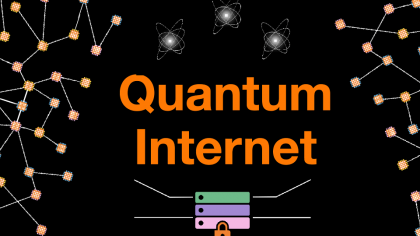Quarks: decentralized and blockchain-secured instant messaging
Read the article
L4S, a technological base to bring low latency networks to life
Read the article
Impact of the use of a digital teleworking solution on greenhouse gas emissions: case study of the Orange Atalante site in Rennes
Read the article
The challenge: Brain-computer interfaces that work for everyone
Read the article
Money laundering: a novel approach with new algorithms to combat smurfing
Read the article













